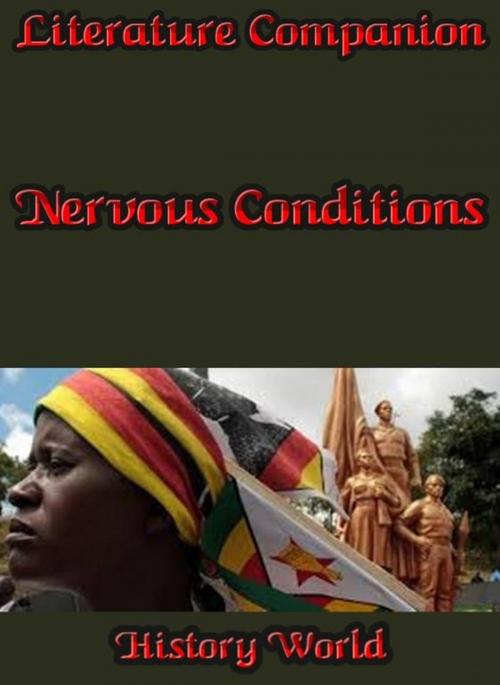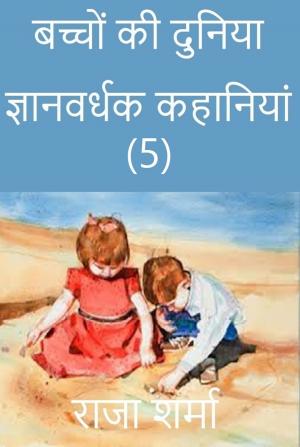Literature Companion: Nervous Conditions
Nonfiction, Reference & Language, Study Aids, Fiction & Literature, African American| Author: | History World | ISBN: | 9781310009013 |
| Publisher: | Raja Sharma | Publication: | August 19, 2014 |
| Imprint: | Smashwords Edition | Language: | English |
| Author: | History World |
| ISBN: | 9781310009013 |
| Publisher: | Raja Sharma |
| Publication: | August 19, 2014 |
| Imprint: | Smashwords Edition |
| Language: | English |
Tsitsi Dangarembga is one of the few Zimbabwean writers who have found their distinct place in the world literature scenario. Having spent most of her childhood in England, Tsitsi went back to Africa and completed her higher studies there. However, she later did her Medical studies at Cambridge University, but eventually went back to Africa and started working there.
“Nervous Conditions” by Tsitsi Dangarembga was first published in the year 1988. It was first published in England. The book was published by the Women’s Press.
It is said to be a semi-autobiographical novel. The story revolves around a Rhodesian family. The story is set in Post-Colonial Rhodesia. It is set in the 1960s.
Literature Companion: Nervous Conditions
Copyright
Chapter One: Introduction
Chapter Two: Plot Overview
Chapter Three: Characters
Chapter Four: Complete Summary
Chapter Five: Critical Analysis
Tsitsi Dangarembga is one of the few Zimbabwean writers who have found their distinct place in the world literature scenario. Having spent most of her childhood in England, Tsitsi went back to Africa and completed her higher studies there. However, she later did her Medical studies at Cambridge University, but eventually went back to Africa and started working there.
“Nervous Conditions” by Tsitsi Dangarembga was first published in the year 1988. It was first published in England. The book was published by the Women’s Press.
It is said to be a semi-autobiographical novel. The story revolves around a Rhodesian family. The story is set in Post-Colonial Rhodesia. It is set in the 1960s.
Literature Companion: Nervous Conditions
Copyright
Chapter One: Introduction
Chapter Two: Plot Overview
Chapter Three: Characters
Chapter Four: Complete Summary
Chapter Five: Critical Analysis















